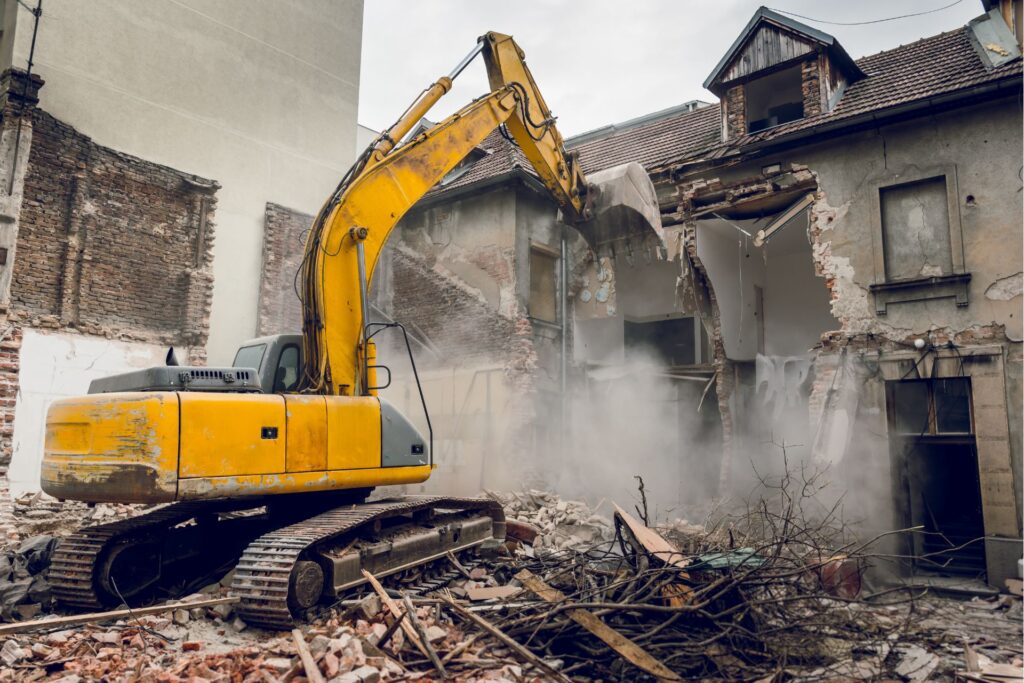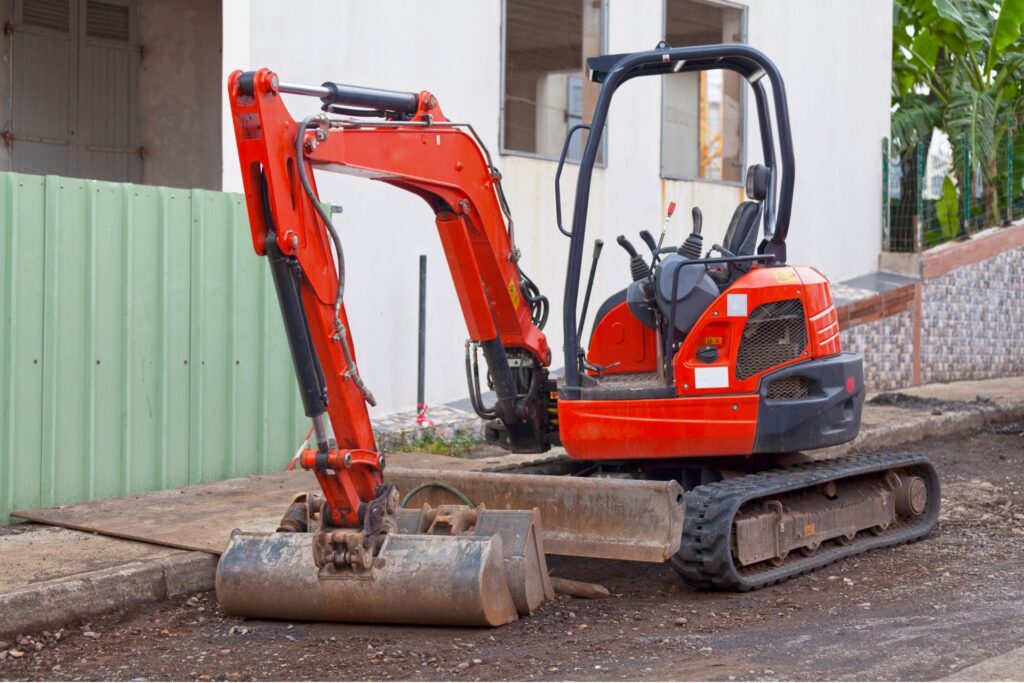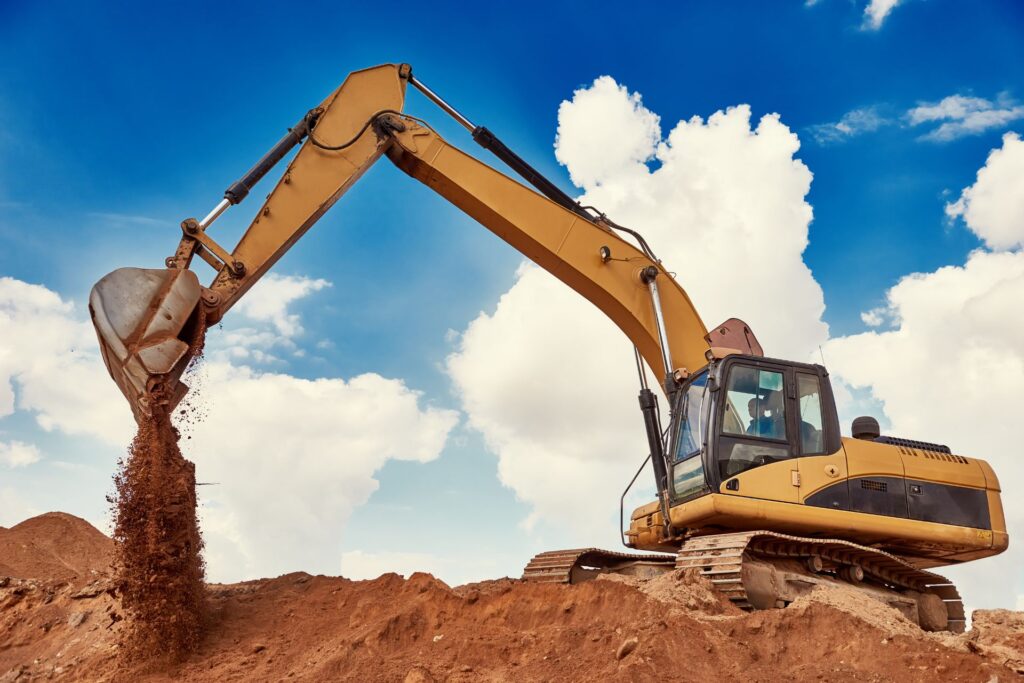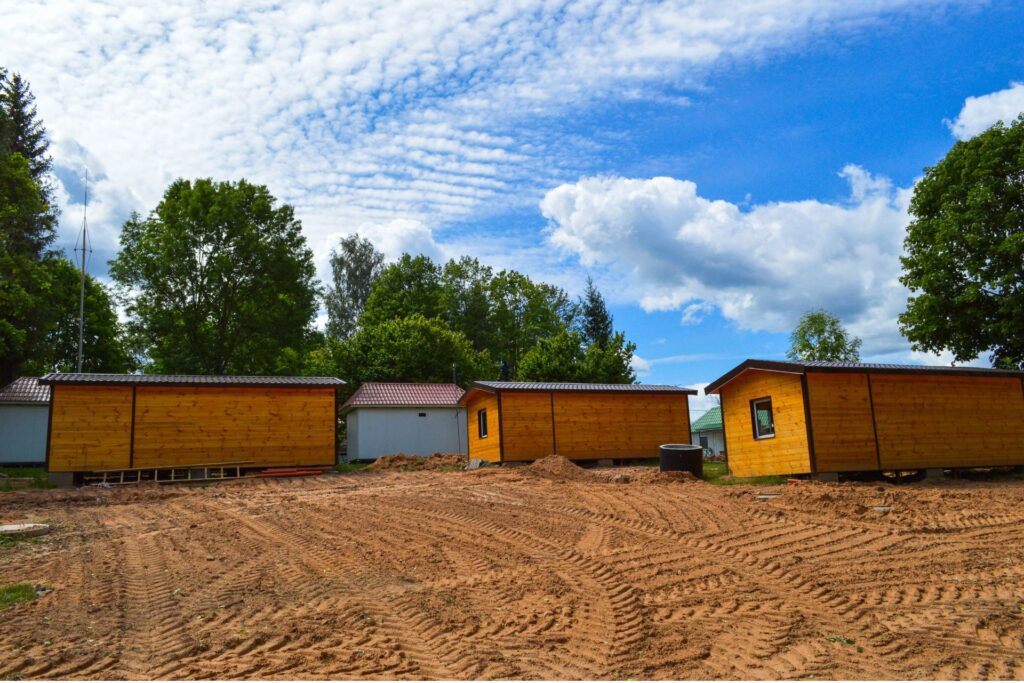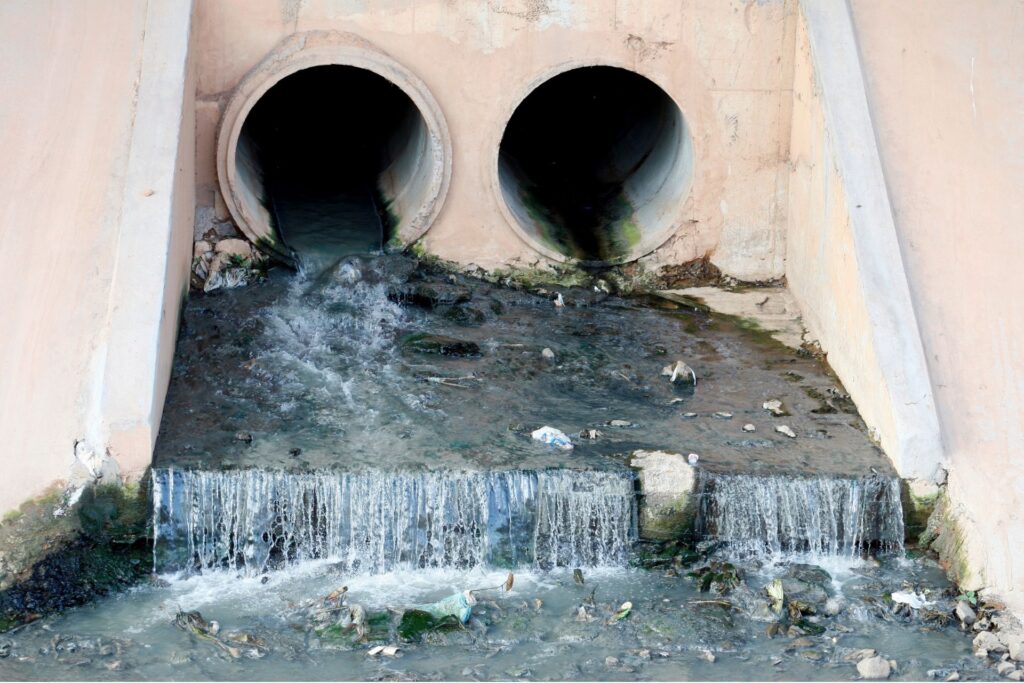Welcome to our comprehensive guide to understanding the cost of civil construction in New Zealand. Whether planning a major infrastructure project or simply curious about how much it costs to build roads, bridges, or water systems, this blog provides all the essential information. We’ll explore the various factors influencing construction costs, from project size and complexity to location and materials. By delving into the details of pre-, design, construction, and post-construction expenses, you’ll understand what drives these costs. Additionally, we’ll offer practical tips for cost-saving, discuss future trends in the industry, and share real-life case studies of successful projects in NZ. Understanding these costs can help you make informed decisions and effectively manage your construction budget, ensuring your project is completed efficiently and economically.
On average, the cost of civil construction in New Zealand varies significantly depending on the project type and scope. Road construction typically ranges from NZD $1 million to $5 million per kilometer, while bridge construction costs can span from NZD $2 million to $10 million, influenced by design and complexity. Factors such as site conditions, materials, labor, and regulatory requirements are crucial in determining the total expense. Effective planning, project management, and selecting cost-efficient materials are essential strategies to manage and reduce civil construction costs.
- What Is Civil Construction?
- Key Factors Influencing Civil Construction Costs
- Detailed Breakdown Of Civil Construction Costs
- Average Cost Estimates For Common Civil Construction Projects In NZ
- Cost-Saving Tips For Civil Construction Projects
- Future Trends Affecting Civil Construction Costs In NZ
- Case Studies Of Civil Construction Projects In NZ
- FAQs: About Cost Of Civil Construction NZ
- Conclusion
What Is Civil Construction?
Definition and Scope of Civil Construction
Civil construction is a broad term encompassing a wide range of infrastructure projects that serve the public. At its core, civil construction involves the design, construction, and maintenance of the physical and naturally built environment. This field is a cornerstone of modern society, ensuring that essential structures and systems are in place to support everyday life.
Civil construction covers various projects such as roads, bridges, tunnels, and water systems. These projects are crucial for facilitating transportation, providing clean water, and ensuring efficient waste management. In essence, civil construction is about creating and maintaining the infrastructure that allows communities to thrive and economies to grow.
Examples of Common Civil Construction Projects in NZ
New Zealand, known for its picturesque landscapes and rapidly developing urban areas, has a vibrant civil construction sector. Here are some prominent examples of civil construction projects that are shaping the country:
1. Roads and Highways
New Zealand’s road network is critical for connecting cities, towns, and rural areas. Major projects, such as the Waikato Expressway, aim to improve travel times and safety by providing a high-quality, continuous route between Auckland and Hamilton. These projects often involve extensive planning and coordination to minimize disruption to existing traffic while enhancing the overall infrastructure.
2. Bridges
The construction and maintenance of bridges are vital for crossing waterways and valleys, facilitating seamless transportation. The Auckland Harbour Bridge is a notable example, serving as a key link between Auckland’s city center and the North Shore. Regular upgrades and maintenance ensure the bridge remains safe and capable of handling increasing traffic volumes.
3. Tunnels
Tunneling projects, such as the Waterview Connection in Auckland, are designed to alleviate congestion and improve traffic flow in densely populated urban areas. The Waterview Tunnel, part of New Zealand’s largest and most complex road project, connects the Southwestern and Northwestern Motorways, significantly reducing travel times and easing pressure on local roads.
4. Water Systems:
Ensuring access to clean water and effective wastewater management is another critical aspect of civil construction. Projects like the Central Interceptor in Auckland are designed to improve the city’s wastewater network, reducing overflows into local waterways and enhancing environmental protection. This massive underground tunnel will divert stormwater and sewage to treatment plants, ensuring cleaner beaches and rivers.
These examples illustrate the scope and importance of civil construction in New Zealand. By investing in these projects, the country not only improves its infrastructure but also boosts economic growth, enhances public safety, and promotes environmental sustainability. Civil construction is, therefore, a foundational element of New Zealand’s ongoing development and prosperity.

Key Factors Influencing Civil Construction Costs
Understanding the key factors that influence civil construction costs is essential for accurate budgeting and project planning. These factors can significantly impact the overall expenditure and timeline of a construction project. Here’s a detailed explanation of each factor:
Project Size and Complexity
The size and complexity of a civil construction project are among the most significant determinants of its cost. Larger projects typically require more resources, including materials, labor, and time, which naturally drives up the costs. Complexity, on the other hand, adds another layer of expense. Complex projects often involve intricate designs, specialized skills, and advanced technologies, all of which contribute to higher costs. For instance, constructing a simple road may be less expensive than building a multi-level interchange due to the additional engineering and planning required for the latter.
Location and Site Conditions
The geographical location and site conditions of a project can greatly influence construction costs. In New Zealand, projects in urban areas might have higher costs due to the higher price of land and increased logistical challenges, such as traffic management and limited space for materials storage. Conversely, remote locations might incur additional transportation costs for materials and equipment. Site conditions, such as soil quality, topography, and the presence of existing structures, also play a crucial role. Poor soil conditions may necessitate extensive ground preparation and stabilization, while difficult topography can complicate construction processes, both of which add to the overall cost.
Materials and Equipment
Materials and equipment form the backbone of any construction project. The choice of materials—be it concrete, steel, or timber—has a direct impact on the cost. Premium materials, while offering better durability and aesthetics, come at a higher price. For instance, using high-quality reinforced steel will cost more than basic steel but provides greater strength and longevity. Equipment costs also add up, whether through rental or purchase. Heavy machinery like excavators, cranes, and bulldozers are essential for many civil construction projects and represent significant investments. Regular maintenance and operational costs of these machines further increase the expenditure.
Labor Costs
Labor is another critical factor in the cost equation of civil construction. In New Zealand, the labor market for construction workers is dynamic, with wages varying based on skill levels, experience, and demand. Skilled labor, such as engineers, architects, and specialized machine operators, command higher wages. Additionally, labor shortages or high-demand periods can drive up costs. For example, during a construction boom, finding qualified workers might become challenging, leading to increased labor costs as companies compete for available talent.
Regulatory Requirements and Permits
Adhering to local regulations and obtaining necessary permits is mandatory for all construction projects, adding another layer of costs. In New Zealand, regulations can vary significantly between regions, impacting both time and budget. Regulatory requirements might include environmental assessments, safety inspections, and compliance with building codes. Each of these steps involves costs, from the fees for submitting applications to the expenses associated with making any required modifications to comply with regulations. Failing to obtain the necessary permits or meet regulatory standards can result in fines and delays, further escalating the project’s cost.
In summary, several key factors influence civil construction costs in New Zealand, including project size and complexity, location and site conditions, materials and equipment, labor costs, and regulatory requirements. By understanding and planning for these factors, project managers and stakeholders can create more accurate budgets and timelines, ultimately leading to more successful and cost-effective construction projects.
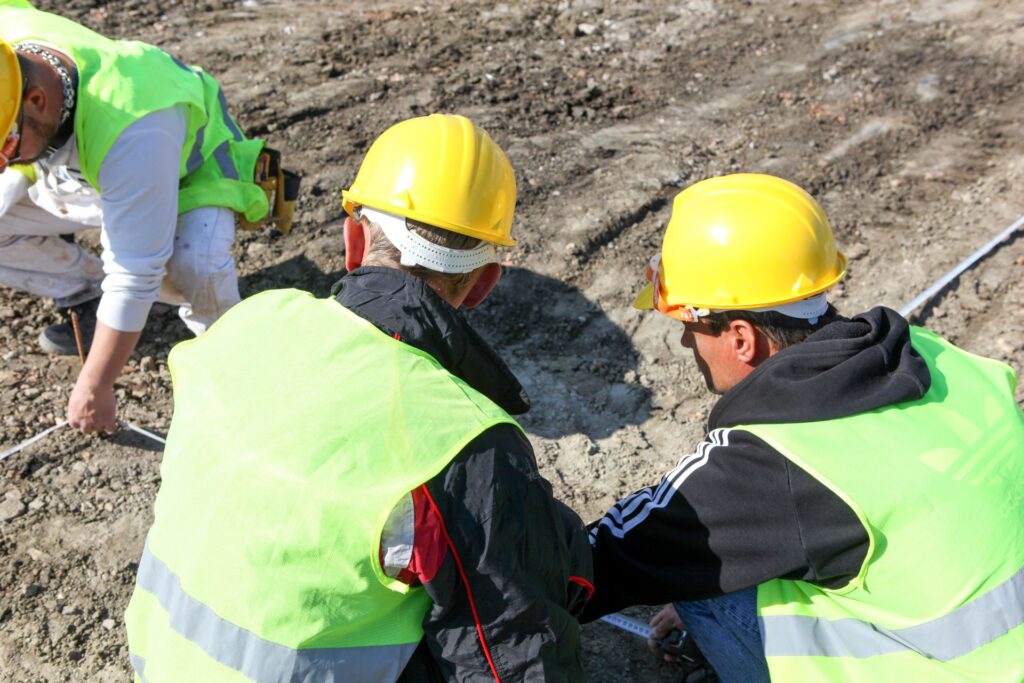
Detailed Breakdown Of Civil Construction Costs
Understanding the costs involved in civil construction can be complex, but breaking them down into distinct phases helps clarify the process. Here’s a comprehensive look at the various costs associated with civil construction, ensuring you have a clear picture of what to expect.
Pre-Construction Costs
Before any physical work begins, a significant amount of planning and assessment takes place. These preliminary steps are crucial for the success of the project.
Feasibility Studies, Site Surveys, and Initial Planning Costs
Feasibility Studies: These are conducted to determine if the project is viable and worth pursuing. They involve evaluating the economic, technical, and legal aspects of the project. This step is essential for ensuring that the project can be completed within the budget and time frame.
Site Surveys: Accurate site surveys are necessary to understand the terrain, soil conditions, and other environmental factors. This information helps in making informed decisions about design and construction methods.
Initial Planning: This includes developing a preliminary project plan, setting timelines, and estimating initial costs. It also involves securing necessary permits and approvals from local authorities.
Design and Engineering Costs
Once the project is deemed feasible, the design and engineering phase begins. This stage translates the project vision into detailed plans and specifications.
Architectural and Engineering Design Fees
Architectural Design: Architects create detailed drawings and specifications that outline the design of the project. This includes everything from the layout to the materials to be used.
Engineering Design: Engineers ensure that the design is structurally sound and meets all safety standards. This involves calculations and modeling to ensure the building can withstand various forces and loads.
Construction Phase Costs
The construction phase is where the bulk of the expenses occur. This is the stage where the physical building of the project takes place.
Materials, Labor, Equipment, and Transportation
Materials: The cost of materials can vary widely depending on the type and quality required. This includes concrete, steel, wood, and other building materials.
Labor: Skilled and unskilled labor is needed to carry out the construction work. Labor costs can vary based on the project’s location and the availability of workers.
Equipment: Construction equipment such as cranes, excavators, and bulldozers are essential for many projects. The cost includes both the purchase or rental of equipment and its maintenance.
Transportation: Transporting materials and equipment to the site can be a significant expense, especially if the site is in a remote location.
Subcontractor Fees and Project Management Costs
Subcontractor Fees: Often, specialized tasks such as electrical work, plumbing, and HVAC are outsourced to subcontractors. Their fees can add a substantial amount to the overall budget.
Project Management: Effective project management is crucial for keeping the project on track and within budget. This includes overseeing the construction process, coordinating with various stakeholders, and ensuring compliance with regulations.
Post-Construction Costs
Even after the construction phase is complete, there are still costs to consider to ensure the project is fully operational and maintained.
Landscaping, Cleanup, and Final Inspections
Landscaping: This includes planting trees, shrubs, and grass, as well as other decorative elements to enhance the aesthetic appeal of the site.
Cleanup: Post-construction cleanup is necessary to remove any debris and ensure the site is safe and presentable.
Final Inspections: These are carried out to ensure that the construction meets all regulatory standards and specifications. Any issues identified during inspections need to be addressed before the project is officially completed.
Maintenance and Long-Term Operational Costs
Maintenance: Regular maintenance is essential to keep the structure in good condition and extend its lifespan. This includes repairs, painting, and other upkeep tasks.
Operational Costs: These are the ongoing costs of operating the facility, including utilities, security, and staffing.
By understanding these different cost components, you can better plan and budget for your civil construction project, ensuring that you are prepared for each phase and can manage expenses effectively.

Average Cost Estimates For Common Civil Construction Projects In NZ
Understanding the average costs associated with various civil construction projects in New Zealand is crucial for planning and budgeting. This section delves into the cost estimates for three common types of projects: road construction, bridge construction, and water and sewer systems.
Road Construction
The cost of road construction in New Zealand can vary widely based on several factors, including the type of road, its length, the materials used, and the geographical location. On average, constructing a basic two-lane road can range from NZD 2 million to NZD 5 million per kilometer. This estimate includes:
Earthworks and Site Preparation: Preparing the site by clearing vegetation, leveling the ground, and ensuring proper drainage can account for 20-30% of the total cost.
Pavement Construction: This involves laying the base course, subbase, and asphalt layers. Pavement costs can constitute 40-50% of the overall budget.
Utilities and Infrastructure: Integrating utilities such as lighting, signage, and drainage systems typically add another 10-15% to the project cost.
Labor and Equipment: Skilled labor and the use of heavy machinery are essential, accounting for the remaining 10-20% of the total expenditure.
Bridge Construction
Bridge construction costs are influenced by the bridge type, span length, materials used, and environmental factors. In New Zealand, the average cost of building a standard bridge ranges from NZD 7 million to NZD 15 million per kilometer. Key factors affecting these costs include:
Design and Engineering: The complexity of the bridge design and the engineering expertise required can significantly impact costs. Design and engineering expenses can make up 15-25% of the total budget.
Materials: The choice between concrete, steel, or composite materials greatly influences costs. Material costs can account for 30-40% of the total project expenditure.
Construction Techniques: Modern construction techniques, such as prefabrication, can reduce costs but require substantial upfront investment in technology and equipment.
Environmental and Regulatory Compliance: Ensuring compliance with environmental regulations and obtaining necessary permits can add another 10-15% to the budget.
Water and Sewer Systems
Installing or upgrading water and sewer systems involves significant investment, with costs varying based on the system size, complexity, and location. Typical costs in New Zealand range from NZD 500,000 to NZD 2 million per kilometer. The breakdown of these costs includes:
Piping and Materials: The choice of materials (e.g., PVC, ductile iron, or concrete) and the diameter of the pipes are major cost determinants, accounting for 30-40% of the total expenditure.
Excavation and Installation: Digging trenches, laying pipes, and backfilling are labor-intensive processes, often comprising 25-35% of the overall budget.
Pumping Stations and Treatment Plants: If the project includes the construction or upgrading of pumping stations and treatment plants, this can add another 20-30% to the total cost.
Compliance and Testing: Ensuring the system meets all regulatory standards and conducting thorough testing can account for the remaining 10-15% of the budget.
In conclusion, while these average cost estimates provide a useful benchmark, each civil construction project in New Zealand is unique. Accurate budgeting requires a detailed assessment of the specific project requirements, site conditions, and local regulatory environment.

Cost-Saving Tips For Civil Construction Projects
When it comes to civil construction projects, managing costs effectively is crucial to ensuring the project’s success. Here are some practical and actionable tips to help you save money without compromising on quality or efficiency.
Effective Planning and Project Management
The foundation of any cost-saving strategy in civil construction begins with thorough planning and skilled project management. Before breaking ground, it’s essential to develop a comprehensive project plan. This includes defining the project scope, setting realistic timelines, and establishing a detailed budget. A well-thought-out plan helps in anticipating potential issues and mitigating risks that can lead to unexpected expenses.
Skilled project management is equally important. A proficient project manager can coordinate all aspects of the project, ensuring that tasks are completed on schedule and within budget. They can also identify areas where costs can be reduced without affecting the overall quality. Effective communication, regular progress monitoring, and quick problem-solving are hallmarks of good project management that contribute to cost savings.
Choosing Cost-Effective Materials
Selecting the right materials is another crucial aspect of cost-saving in civil construction. It’s important to explore alternatives that offer the same level of quality and durability but at a lower cost. For instance, recycled or locally sourced materials can often be more affordable than new or imported ones.
Additionally, consider the long-term benefits and maintenance costs associated with different materials. Sometimes, spending a little more upfront on high-quality material can save money in the long run by reducing maintenance and replacement costs. Consult with suppliers and contractors to find cost-effective options that meet your project’s specifications without compromising on quality.
Optimizing Labor and Equipment Use
Labor and equipment costs can significantly impact the overall budget of a civil construction project. To optimize these resources, it’s essential to ensure efficient use of both labor and equipment.
One strategy is to implement flexible work schedules that match the project’s demand phases, avoiding overstaffing during slower periods. Proper training and clear communication can also enhance worker productivity, reducing the time and cost required to complete tasks.
When it comes to equipment, regular maintenance and proper usage are key to preventing breakdowns and delays. Renting equipment instead of purchasing it can also be a cost-effective option, especially for specialized machinery that is only needed for a short period. Efficient scheduling of equipment use ensures that machinery is not idle, further optimizing costs.
Negotiating with Contractors and Suppliers
Negotiation is a powerful tool for reducing costs in civil construction projects. Establishing good relationships with contractors and suppliers can lead to better rates and more favorable terms.
Start by obtaining multiple quotes and comparing them to understand the market rates. Don’t hesitate to negotiate for discounts or better payment terms, especially if you are committing to a long-term project or large volume of materials. Building strong partnerships can also lead to additional savings, as reliable contractors and suppliers may offer loyalty discounts or priority service.
Moreover, consider leveraging bulk purchasing to obtain materials at a lower cost. By ordering in larger quantities, you can often secure significant discounts, further reducing your project’s overall expenses.
By implementing these cost-saving tips, you can manage your civil construction project more efficiently and stay within budget. Remember, the goal is not just to cut costs, but to do so in a way that maintains the quality and integrity of your project. Through effective planning, smart material choices, optimized resource use, and strategic negotiations, you can achieve substantial savings and ensure the success of your construction endeavors.

Future Trends Affecting Civil Construction Costs In NZ
As we look ahead, several key trends are poised to shape the future landscape of civil construction costs in New Zealand. These trends include technological advancements, sustainability and green construction, and various economic factors. Understanding these elements can help stakeholders prepare for the evolving cost structures and make informed decisions.
Technological Advancements
The construction industry is on the cusp of a technological revolution that promises to redefine how projects are executed and priced. Emerging technologies such as Building Information Modeling (BIM), drone surveying, and 3D printing are already making waves.
Impact on Costs: Technological advancements can initially seem expensive due to the upfront investment required for equipment and training. However, they often lead to long-term savings. For example, BIM allows for more accurate project planning and reduces the likelihood of costly errors. Drone surveying speeds up the site assessment process, cutting down labor costs. Similarly, 3D printing can reduce material wastage and lower labor costs by automating part of the construction process.
Sustainability and Green Construction
The shift towards sustainable and green construction practices is more than just a trend; it’s becoming a necessity. With increasing awareness of environmental impacts and stricter regulations, the construction industry is moving towards eco-friendly methods and materials.
Cost Implications: Sustainable construction often involves higher initial costs due to the price of green materials and the need for specialized labor. However, these costs can be offset by the long-term savings on energy and maintenance. For instance, green buildings typically have lower operational costs due to improved energy efficiency. Moreover, sustainable practices can also lead to financial incentives from the government, further mitigating the initial expenditure.
Economic Factors
Economic conditions play a crucial role in determining construction costs. Factors such as inflation, interest rates, and global economic trends can significantly impact the pricing of materials and labor.
Influence on Future Costs: Economic fluctuations can lead to volatile construction costs. For instance, during periods of economic growth, demand for construction can drive up prices due to increased competition for resources. Conversely, in a downturn, costs might stabilize or even decrease as demand wanes. Additionally, global supply chain disruptions, like those experienced during the COVID-19 pandemic, can lead to shortages and price hikes for critical materials. Keeping an eye on economic indicators and trends can help construction companies anticipate and adapt to these changes.
The future of civil construction costs in New Zealand will be shaped by a confluence of technological advancements, sustainability practices, and economic factors. By staying informed and adaptable, stakeholders can navigate these changes effectively, ensuring that they are well-prepared for the challenges and opportunities that lie ahead. Embracing new technologies, committing to sustainable practices, and monitoring economic trends will be key strategies for managing future construction costs.
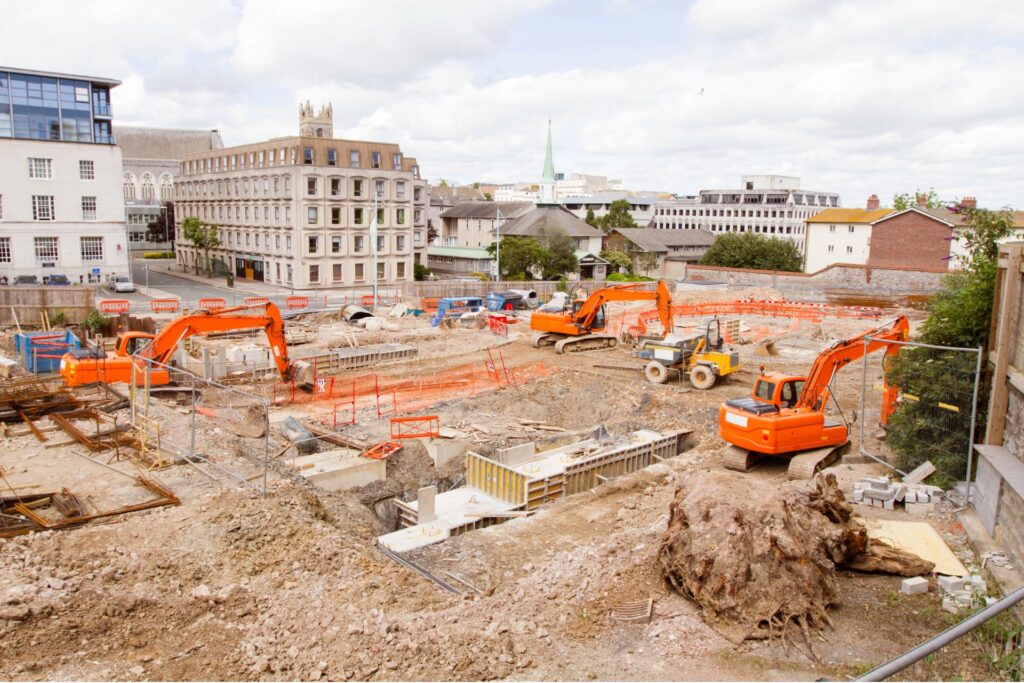
Case Studies Of Civil Construction Projects In NZ
Successful Project Examples
When we talk about civil construction in New Zealand, several standout projects exemplify success through innovation, strategic planning, and execution. These projects offer invaluable insights into the real-world applications of civil engineering principles, showcasing the intricacies involved in bringing large-scale infrastructure to fruition.
Example 1: The Waterview Connection
One of the most notable projects is the Waterview Connection in Auckland, which is New Zealand’s largest and most complex road infrastructure project. This project includes a 2.4km long twin tunnel, which is the longest road tunnel in New Zealand. The total cost of the project was approximately NZD 1.4 billion.
Challenges and Solutions
Geological Challenges: The project faced significant geological challenges, including soft ground conditions. These were mitigated through advanced tunneling techniques and continuous monitoring.
Community Impact: Minimizing the impact on local communities was crucial. This was achieved by constructing noise barriers and implementing strict environmental controls.
Traffic Management: Keeping Auckland’s busy traffic moving during construction required meticulous planning and the use of temporary road networks.
Example 2: Christchurch Earthquake Rebuild
The rebuilding of Christchurch following the devastating earthquakes of 2010 and 2011 is another key example. The extensive damage to infrastructure required a coordinated effort to rebuild the city’s roads, bridges, and utilities.
Challenges and Solutions
Scale of Damage: The sheer scale of the damage was unprecedented, necessitating a comprehensive approach to reconstruction.
Seismic Resilience: Rebuilding with a focus on seismic resilience involved using advanced engineering techniques and materials to ensure the new structures could withstand future earthquakes.
Community Engagement: Engaging with the local community and stakeholders was essential to address their concerns and ensure transparency throughout the rebuilding process.
Lessons Learned
From these examples, several key lessons can be derived that are applicable to future civil construction projects:
1. Importance of Planning and Flexibility
Thorough planning is crucial, but so is the ability to adapt to unexpected challenges. Both the Waterview Connection and Christchurch rebuild demonstrated the need for flexibility in project management.
2. Innovative Problem-Solving
Employing innovative techniques can help overcome significant challenges. For instance, advanced tunneling methods and seismic resilience measures were pivotal in these projects.
3. Community and Stakeholder Engagement
Effective communication with the community and stakeholders ensures that their concerns are addressed, which is vital for the smooth progression of the project. The success of both the Waterview Connection and the Christchurch rebuild hinged on ongoing dialogue and engagement with those affected.
4. Environmental Considerations:
Incorporating environmental controls and sustainability practices can mitigate the impact of construction on the surrounding environment. This was evident in the efforts to reduce noise and manage waste in the Waterview Connection project.
5. Risk Management:
Proactive risk management strategies are essential to handle potential issues that may arise during construction. Identifying and planning for risks ahead of time can save time and resources in the long run.
By analyzing these successful civil construction projects in New Zealand, it becomes clear that strategic planning, innovative solutions, and strong community engagement are key to overcoming challenges and ensuring successful outcomes. These lessons serve as a valuable guide for future projects, paving the way for continued advancement in the field of civil construction.
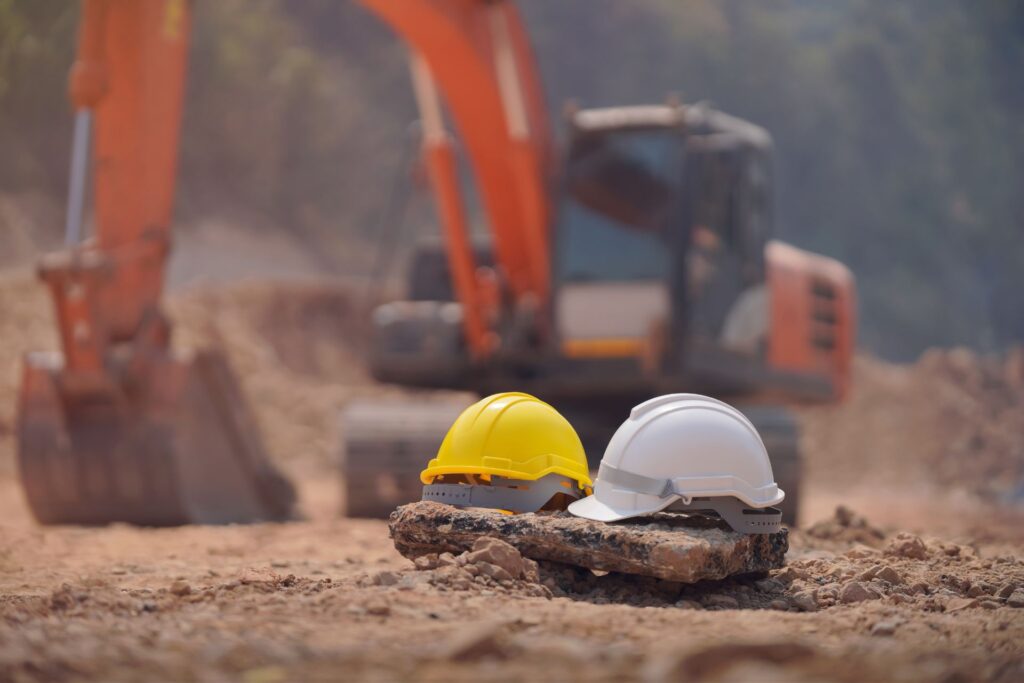
FAQs: About Cost Of Civil Construction NZ
Civil construction involves the design, construction, and maintenance of infrastructure projects such as roads, bridges, tunnels, water systems, and public buildings. It plays a vital role in the development and functioning of a society’s infrastructure.
The cost of civil construction in New Zealand is influenced by several factors including project size and complexity, location and site conditions, materials and equipment, labor costs, and regulatory requirements and permits.
On average, road construction in New Zealand can range from NZD $1 million to $5 million per kilometer, depending on factors such as location, materials used, and project complexity.
Bridge construction costs in New Zealand typically range from NZD $2 million to $10 million, influenced by the design, materials, and complexity of the project.
Site conditions such as soil quality, topography, and environmental factors can significantly impact civil construction costs. Poor soil quality or challenging topography may require additional preparation and materials, increasing overall expenses.
Pre-construction costs include feasibility studies, site surveys, initial planning, and obtaining necessary permits. These costs are essential for project planning and can influence the overall budget.
Effective project management ensures efficient use of resources, adherence to timelines, and proper coordination among different stakeholders. This helps in reducing delays, minimizing wastage, and managing costs more effectively.
Yes, some cost-saving tips include thorough planning, choosing cost-effective materials, optimizing labor and equipment use, and negotiating better rates with contractors and suppliers. These strategies can help in managing and reducing project costs.
Future trends such as technological advancements, sustainable construction practices, and changes in economic conditions can impact civil construction costs. Adopting new technologies and green construction methods may offer long-term savings and efficiency.
Understanding the costs involved in civil construction helps in making informed decisions, effectively managing budgets, and ensuring the successful completion of projects. It allows for better planning, resource allocation, and financial management, ultimately leading to more efficient and cost-effective construction outcomes.
Conclusion
In conclusion, understanding the cost components of civil construction is crucial for successful project management. Throughout this discussion, we explored the various factors that influence construction costs, including labor, materials, permits, and unexpected expenses. Recognizing these elements helps in creating a more accurate budget and ensures the project stays on track. Planning meticulously and seeking professional advice are essential steps in managing these costs effectively. By being well-informed and prepared, you can avoid common pitfalls and ensure your civil construction project is completed efficiently and within budget.
About the Author:
Mike Veail is a recognized digital marketing expert with over 6 years of experience in helping tradespeople and small businesses thrive online. A former quantity surveyor, Mike combines deep industry knowledge with hands-on expertise in SEO and Google Ads. His marketing strategies are tailored to the specific needs of the trades sector, helping businesses increase visibility and generate more leads through proven, ethical methods.
Mike has successfully partnered with numerous companies, establishing a track record of delivering measurable results. His work has been featured across various platforms that showcase his expertise in lead generation and online marketing for the trades sector.
Learn more about Mike's experience and services at https://theleadguy.online or follow him on social media:




